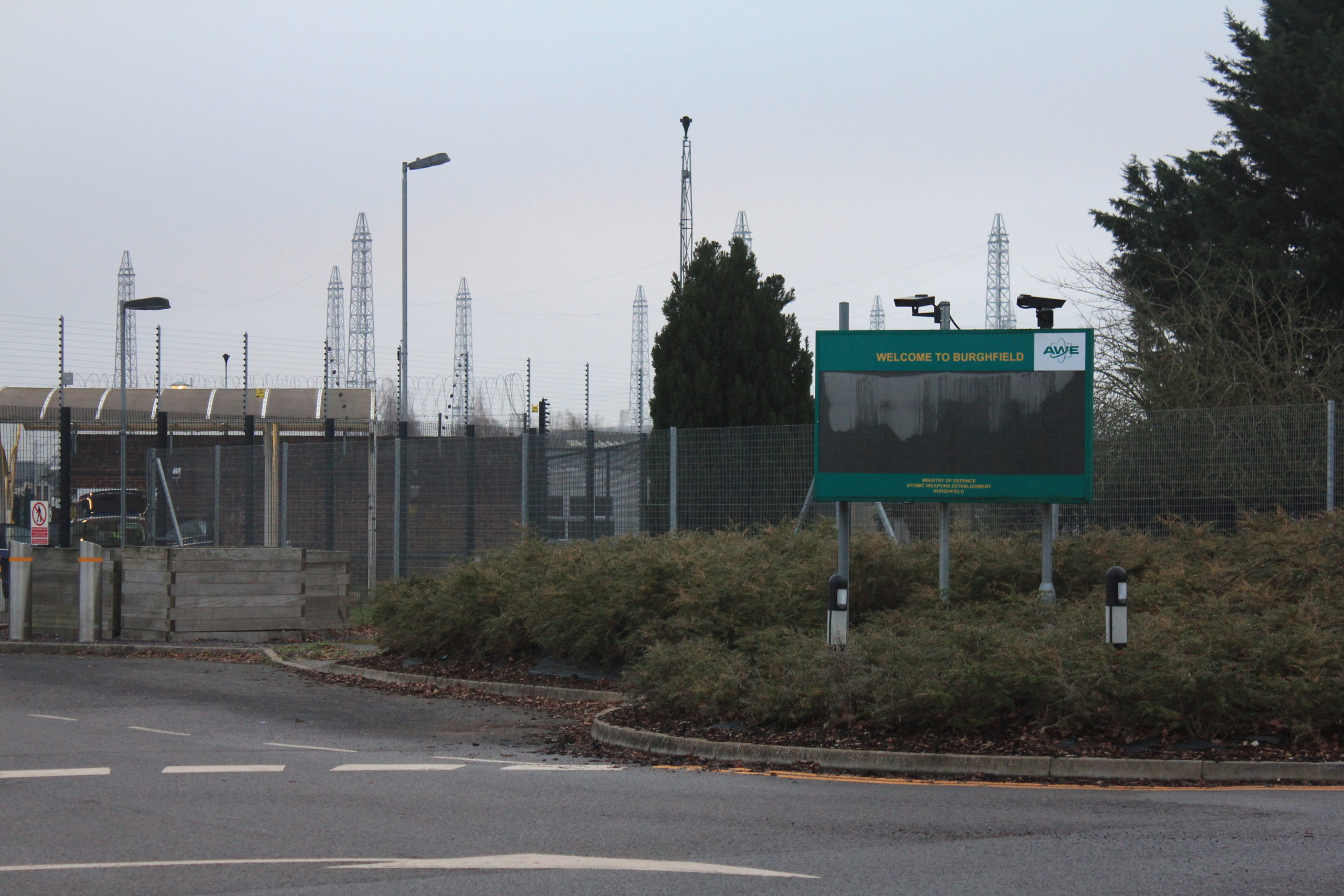At the beginning of April the Office for Nuclear Regulation announced that the Atomic Weapons Establishment (AWE) site at Burghfield has moved out of enhanced regulatory attention. Regulatory performance at the site, which has been subject to this category of regulation almost continually since November 2013, has been improving faster in recent years than at AWE Aldermaston, which remains under enhanced attention.
While both AWE sites were placed into special regulatory attention in 2013, Burghfield was returned to normal regulatory attention in 2015, before returning to enhanced attention the following year. For several years the sites have put in place a structured improvement in order to return to normal regulation. The plan covers areas such as the management of safety cases, streamlining of documentation and resolving key issues. However hopes that AWE would return to routine regulation in 2020 were dashed following an inspection in 2019, and in November 2020 the Chief Nuclear Inspector said the change would not occur before 2022.
In March 2018 ONR withheld approval from a 10-year Periodic Safety Review (PSR) for Burghfield and said that operations in the Assembly Technology Centre, where nuclear warheads are assembled and disassembled, might have to cease if safety improvements were not made. Safety concerns had previously halted work there in 2007 and 2008. During the process of ONR reviewing the PSR AWE failed to provide necessary documents on time and this was part of a wider pattern of delays in providing safety documentation. In 2020 ONR sent an enforcement letter to AWE over an 18 month delay in delivering a PSR for Aldermaston, and the issue was cited as one reason why the two sites did not return to routine regulation that year.
In July 2021 AWE returned to public ownership, ending 28 years of the site being run under a government-owned contractor-operated model. NIS understands that, alongside a desire to save money and exercise a greater level of control as the UK begins its Replacement Warhead Project, concerns about AWE’s regulatory performance was one of the motivating factors. The renationalisation involved a number of changes at board level, but most of the senior leadership team remain in place. NIS understands that prior to the appointment of current chief executive Alison Atkinson in May 2020, AWE was unwilling to increase the organisation’s capacity to work on regulatory issues such as safety cases.
A major area of work at Burghfield is the troubled project to construct a replacement warhead assembly and disassembly facility, known as Mensa. This project was approved in 2011 and until recently was known to be delayed by six years with an estimated cost of £1.8bn, more than a billion pounds over its initial budget. In February the government announced that due to the impacts of the coronavirus pandemic and changes related to the Replacement Warhead Project, Mensa has been delayed by a further year to 2024 and is now estimated to cost nearly £2bn.
ONR’s decision to move Burghfield into normal regulatory attention appears to be the consequence of a review held at the end of 2021. The most recent Chief Nuclear Inspector’s report stated that this review would take place due to the improvements at the site. The regulatory areas the report cited as having improved included regulatory compliance, plant control, industrial and fire safety, risk at the site, safety case adequacy and leadership.
